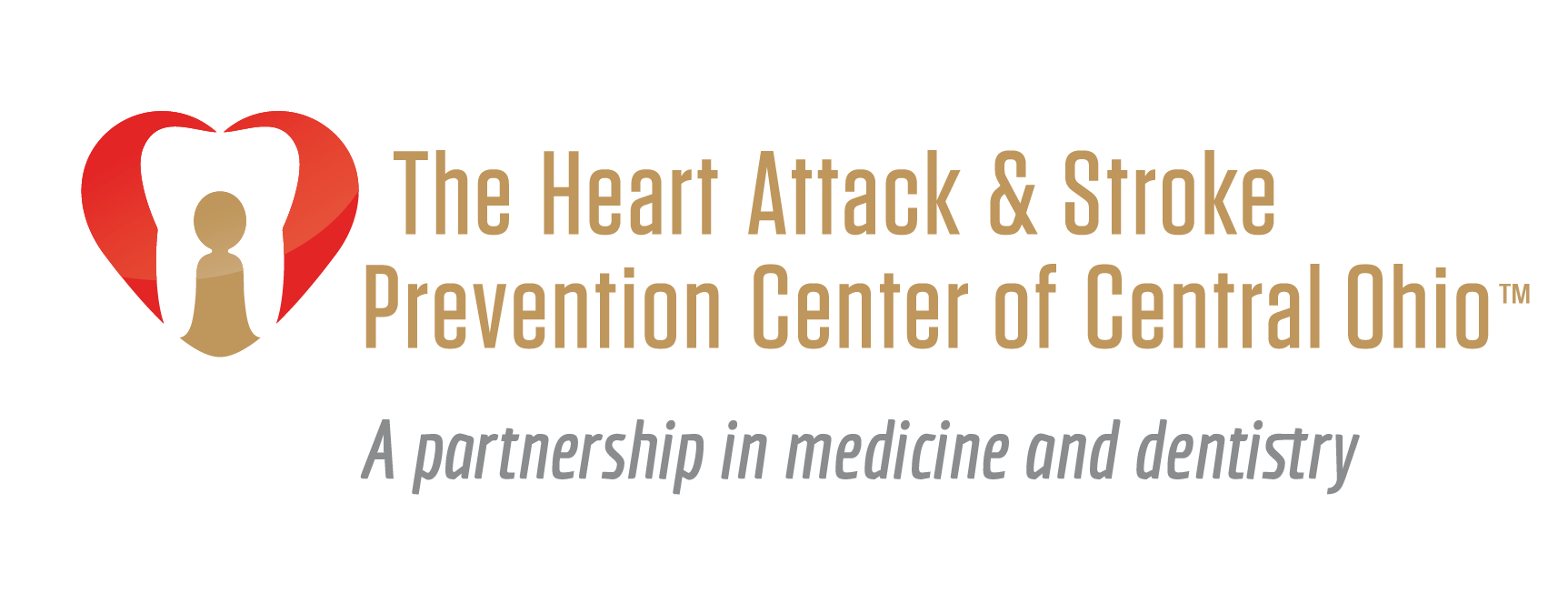Heart Talk - May 2024
- Eric Goulder, MD, FACC

- May 17, 2024
- 3 min read
Updated: May 21, 2024
In honor of World Hypertension Day on May 17, we want to focus on the importance of blood pressure awareness, as high blood pressure is a root cause of heart and brain disease.
The blood vessels (including veins, arteries and capillaries) in the human body are more than 60,000 miles long, recycling the same 11⁄2 gallons of blood over and over throughout the body. When there is elevated pressure in our blood vessels, the heart is required to work extra hard to pump blood to our organ systems.
The increased pressure can be damaging to the walls of our blood vessels, resulting in microtears and an immune response to “repair” the damage. It is crucial to treat high blood pressure early, as it can be devastating to the brain, heart, eyes, kidneys and vascular system and lead to heart attacks and strokes.
So, what “should” your blood pressure be?
The top number of blood pressure reading is called the “systolic” blood pressure. The bottom number is the “diastolic.” Hypertension is defined as blood pressure readings consistently above 130/80 mm/Hg. A goal for “normal” and healthy blood pressure in most individuals is less than 120/80 mm/Hg.
This goal is also important in young adults, as they should be aware of their typical blood pressure readings as well. Monitoring and treating high blood pressure in midlife is especially important to prevent cognitive impairment later in life.
What influences our blood pressure?
Several key factors influence blood pressure, including age, medications, stress (due to hormones
epinephrine and norepinephrine), sodium (high salt diet promotes water retention) and of course our favorite: oxidative stress!
If you think you only have “white coat syndrome,” think again. It’s very common for people to have elevated blood pressure readings in a clinical setting but not at home when they are relaxed and comfortable (i.e., white coat syndrome). Why is this? High blood pressure in a clinical setting is often due to the person anticipating their appointment and/ or medical testing. It likely began with some preemptive thoughts and nervousness around the appointment. Was it a stressful morning or stuck in traffic coming into the appointment? If so, blood pressure was also likely elevated at that time.
But if it’s high in the clinic, it’s likely high in other stressful situations throughout day-to-day life, a phenomenon that deserves our attention and care.
When, why, and how do I measure blood pressure?
The best time to measure blood pressure is in the morning within one hour of waking up, after urinating, before breakfast and before taking any medications. We recommend sitting for a few minutes with feet flat on the floor and legs uncrossed, prior to taking a reading.The morning blood pressure is usually the highest reading of the day. It is also the time when most cardiovascular events occur.
Taking your blood pressure on a regular and consistent basis is key for observing your own unique blood pressure trends and knowing when it needs to be treated through medication and/or lifestyle changes.
We recommend the “7-2-2 Rule” for measuring your blood pressure at home. This means completing two blood pressure readings, with one-minute intervals, twice daily for seven days. There are many devices on the market for measuring blood pressure, but we’d suggest the upper arm cuff with digital monitoring available online for around $30.




Comments